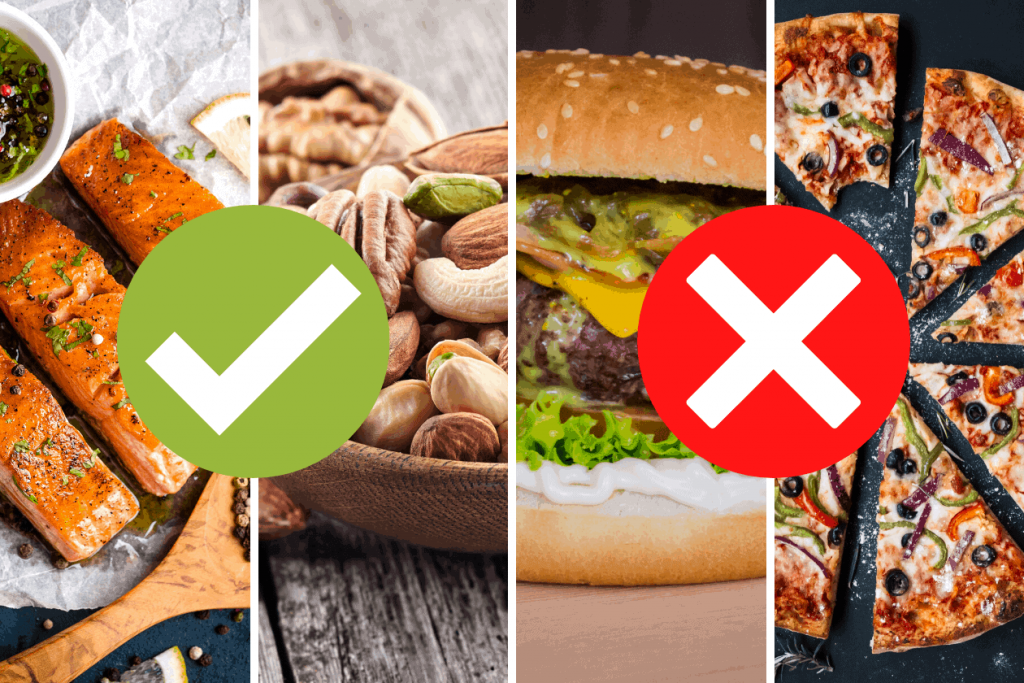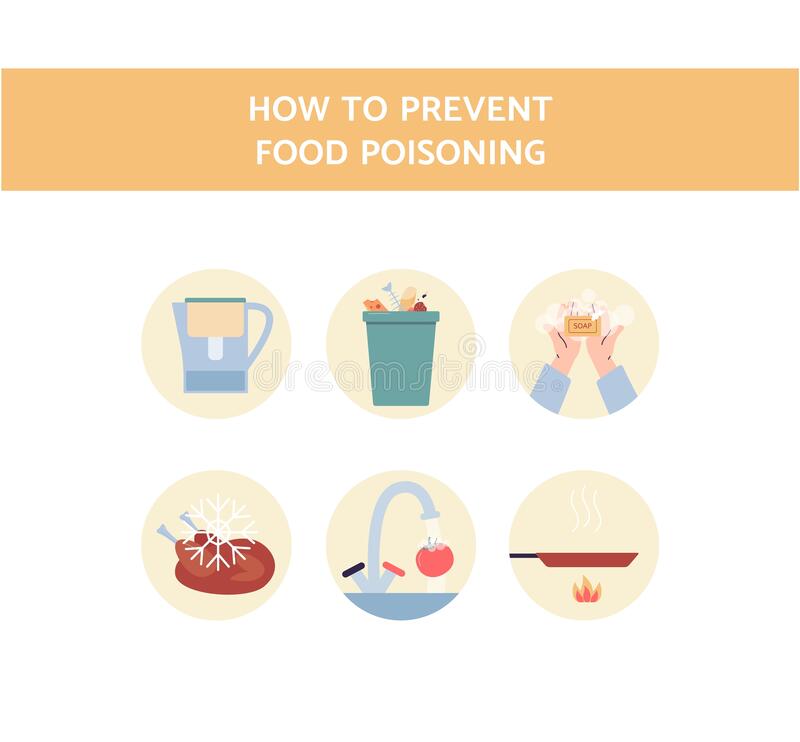
Although foodborne illnesses are almost always preventable there are ways to reduce the risk. One way to reduce the risk is to practice good hand hygiene, by washing your hands thoroughly before handling any food. This will stop pathogens spreading and contaminating other food items. Wash your hands with soap water for 20 seconds. When you eat out, make sure that the food is properly cooked. You can throw away uncooked food that isn't safe to eat.
It is important to be safe and healthy when you eat. Food poisoning could result from eating raw meats, poultry, eggs, seafood, or shellfish. Avoiding these foods can help you avoid food poisoning. It is important to wash vegetables and fruits before using them. Depending on where you live, you might be eligible to have a virtual doctor visit free of charge within fifteen minutes after eating.
You should wash your hands frequently and be mindful of the temperature of the food that you are eating. Harmful bacteria and toxic substances can be found in raw meat, poultry, and fish. For harmful pathogens to be eliminated, make sure your dishes are cooked thoroughly. If in doubt, request a replacement plate. If you're eating at a restaurant, make sure to wash your hands thoroughly before preparing the food. Make sure to keep perishable food refrigerated immediately. If you don't know what to expect, consult your emergency room.

It is important to wash your hands and not touch food. A lot of bacteria and viruses can be introduced into food by the process of manufacturing it. These bacteria may come from the kitchens or farms that grow the food. Handling food can also spread the germs. Even the freshest foods can be contaminated. It is crucial to remember these things and adhere to the proper hygiene practices. This will prevent you from getting food poisoning.
Food poisoning symptoms can range from mild to severe. You may experience the symptoms immediately after consuming contaminated food, or they may take a couple of hours to appear. Handling raw meat is a must. It's best to avoid placing raw meat on the counter or in sinks. This will increase your risk of getting the bacteria and food poisoning. If you have eaten the food already, you are still at risk of getting it from someone else.
The most common way to avoid food poisoning is to wash your hands properly. Keep food out of reach of raw meats, dairy products, and should be washed thoroughly. It is important to not touch food that has been cooking for a while. For instance, when preparing meat, the bacteria will live longer on your hands, so it's crucial to wash your hands before you eat it.
Refrigerated and frozen foods should be used for cooked food. Unwashed produce and vegetables are not safe to eat. Washing fruits and veggies properly is important when you are cooking. These foods could contain bacteria. It is important to wash these foods before cooking. A paper towel or a cloth is the best way to prepare them. A kitchen mat is a great place to store your food.

Eat out often to reduce your risk of food poisoning. You should choose a reliable restaurant to order a quality steak. If you're preparing food at home, make sure to avoid preparing it yourself. You can't be certain that your food will be safe. Check for signs bacterial contamination and ensure the food has been properly cooked.
Food poisoning symptoms can include diarrhea, abdominal cramps and vomiting. These symptoms may occur several hours after eating but usually disappear on their own. If you've had any recent travel, make sure you pack your food in a cooler or insulated plastic bag. Make sure your car is air-conditioned when you travel by car. Take water with you if your budget is tight. It will help you stay hydrated, and prevent salmonella.
FAQ
Do I need calories to count?
You might wonder, "What's the best diet for me?" or "is counting calories necessary?" This depends on your health and lifestyle.
The Best Diet For Me: Which One Is Right?
The best diet depends on me, my health, my goals, my preferences and my overall lifestyle. There are many options, both good and bad. Some are better for certain people than others. What can I do to make the right choice? How do I make the right decision?
These are the main questions addressed by this article. It begins by briefly describing the various diets available today. Then we will discuss the pros & cons of each kind of diet. Finally, we'll look into how to choose the best one for you.
Let's begin by briefly reviewing the different types and diets.
Diet Types
There are three main types. Low fat, high proteins, and ketogenic. Let's take a look at them all below.
Low Fat Diets
A low fat diet means a diet that reduces the intake of fats. This is done by reducing your intake of saturated oils (butter, cream cheeses, etc.). They are replaced by unsaturated fats such as avocados, olive oil, and cream cheese. People who are looking to lose weight quickly and easily will benefit from a low-fat diet. This kind of diet could cause problems like constipation or heartburn and indigestion. If a person doesn’t receive enough vitamins from their foods, this can lead to vitamin deficiency.
High Protein Diets
High protein diets reduce carbohydrates to favor of proteins. These diets are more protein-rich than others. These diets are designed to build muscle mass and help you burn more calories. One problem is that they might not be sufficient to provide regular nutrition. They are not suitable for all people because they can be restrictive.
Ketogenic Diets
The keto diet is also known as the keto diet. They are high on fat but low in carbs and proteins. They are typically used by athletes and bodybuilders because they allow them to train harder and longer without getting tired. To avoid side effects such as fatigue, nausea, headaches, or other unpleasant side effects, you must strictly adhere to their instructions.
Take herbs and other supplements to improve your immunity
It is possible to boost immune function by using herbs and natural remedies. There are many natural remedies that can boost immunity, including echinacea (oregano), ginger, ginkgo biloba and vitamin C.
These herbal remedies are not meant to replace medical treatment. They may cause side effects such as nausea, diarrhea, stomach cramps, headaches, dizziness, and allergic reactions.
Which diet is best for me?
Your lifestyle and individual needs will determine the best diet for your body. It is also important to think about how much energy you use during exercise and whether you like low-calorie foods.
Intermittent fasting may be a good choice if you want to lose weight. Intermittent fasting allows you to consume only certain meals per day, instead of eating three large meals. This approach may prove to be more beneficial than traditional diets that have daily calorie counts.
Research suggests that intermittent fasting may increase insulin sensitivity and lower inflammation. This can result in a reduction in blood sugar levels and a reduced risk of developing diabetes. Research suggests that intermittent fasting can promote fat loss and improve overall body composition.
Statistics
- WHO recommends reducing saturated fats to less than 10% of total energy intake; reducing trans-fats to less than 1% of total energy intake; and replacing both saturated fats and trans-fats to unsaturated fats. (who.int)
- In both adults and children, the intake of free sugars should be reduced to less than 10% of total energy intake. (who.int)
- According to the Physical Activity Guidelines for Americans, we should strive for at least 150 minutes of moderate intensity activity each week (54Trusted Source Smoking, harmful use of drugs, and alcohol abuse can all seriously negatively affect your health. (healthline.com)
- The Dietary Guidelines for Americans recommend keeping added sugar intake below 10% of your daily calorie intake, while the World Health Organization recommends slashing added sugars to 5% or less of your daily calories for optimal health (59Trusted (healthline.com)
External Links
How To
How to Live A Healthy Lifestyle
A healthy lifestyle is one in which you are able maintain your weight and health. Healthy living is a lifestyle that involves eating healthy, exercising regularly and avoiding drugs, alcohol, nicotine, and tobacco. Being healthy will make you feel more confident and fit. Healthy lifestyles can also reduce the risk of chronic diseases, such as stroke, heart disease, diabetes, cancer, osteoporosis and arthritis.
The main goal of this project was to provide a step-by-step guide on how to live a healthier life. The introduction was the first section of the project. It explains the importance of a healthy lifestyle, how it can be achieved, and who you are. Next, I wrote the body paragraphs. These include tips and tricks for maintaining a healthy lifestyle. Finally, I wrote my conclusion. It summarizes the entire article and gives additional resources if required.
This assignment helped me to understand how to write concise paragraphs. Also, I learned how to organize my ideas into topic sentences and supporting details. Moreover, I improved my research skills because I had to find specific sources and cite them properly. I learned proper grammar to write.